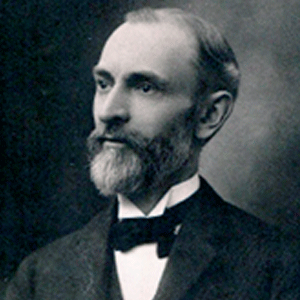Research into the first two of the Jones mansions, Tryon Hall and Massapequa Manor, uncovered a topic that is simultaneously surprising and saddening—the large number of child ren who died very young. It’s common knowledge that infant mortality was a far more serious problem in the United States years ago than it is today. Strikingly, in 1900, 100 children of every 1,000 died before age one. Today the mortality number is six of 1,000. Related figures for mothers show that nine of 1,000 died in 1900, while less than one woman of 1,000 dies today or childbirth-related issues.
ren who died very young. It’s common knowledge that infant mortality was a far more serious problem in the United States years ago than it is today. Strikingly, in 1900, 100 children of every 1,000 died before age one. Today the mortality number is six of 1,000. Related figures for mothers show that nine of 1,000 died in 1900, while less than one woman of 1,000 dies today or childbirth-related issues.
It seems surprising that infant mortality was an issue for the Jones family.
This was, after all, a family of wealth and influence, politically and financially important, who would be expected to have access to the best medical care. When Thomas Jones built his house in South Oyster Bay, however, he became one of very few inhabitants of the south shore. His wife Freelove, would have had limited access to medical care in times of childbirth. Although there is no evidence to support this idea, it seems logical she would have traveled up to Oyster Bay, to stay with her family and be attended by local medical representatives. She gave birth to eight children between 1695 and 1710, six of whom survived to adulthood. These and the following statistics are taken from The Jones Family of Long Island, the remarkable genealogy published by John H. Jones in 1907.
Three of Freelove and Thomas’ descendants—who were highlighted in previous articles about Tryon Hall and Massapequa Manor—felt the pain of infant mortality. Thomas Jones’ older son David, who built Tryon Hall, had six children, three of whom died in infancy. His younger son William, who built what was the second house in the area, near the site of Fairfield School today, had 15 children, four of whom died in infancy. Lastly, David S. Jones, who built Massapequa Manor, had 18 children from three wives. Margaret, his first wife, had nine children. Three died in infancy and one at age two. His second wife, Susan, had three children, one of whom died at age three. His third wife, who was named Mary, had six children, five of whom died in infancy. Ten of David S. Jones’ 18 children died before age three, a remarkable situation considering he was a man of wealth, status and influence.
These four Jones fathers, wealthy landowners, well-educated, politically connected, lost one-third of their children (15 of 45) in infancy, numbers that are consistent with statistical studies from the Centers for Disease Control and Prevention that show 30 to 40 percent of infants died before their first birthdays or shortly thereafter through much of human history.
Thomas Jones lived in South Oyster Bay, with his nearest neighbors in sparsely-settled Seaford and Amityville. His son William lived here too, an area where access to professional medical care would be almost nonexistent. By contrast, Davis Jones and David S. Jones lived in New York City, near today’s Washington Square, with access to doctors and midwives, so we might expect a higher survival rate. In fact, life in early American cities was anything but pleasant and conducive to good health. Narratives of New York City around the time of the American Revolution describe crowded living conditions, unpaved streets teeming with people, animals such as dogs, cats, pigs, cows and horses—the dead ones often left in the streets—human refuse piled at street corners, water spigots near overflowing sewers, houses fueled by wood stoves that irritated lungs and windows that were kept closed to keep out the foul smells from outside. There was no indoor plumbing, so outhouses existed behind every dwelling or were shared among several houses. The closer the dwellings, the more human waste could seep into the ground. Personal hygiene was also not what it is today: people did not shower or bathe, hand washing was not common, clothes were not cleaned regularly. As a seaport, New York was visited by people from many other countries, who would have brought their own diseases, against which infants would have little immunity.
In short, cities such as New York became hazardous environments for childbirth. What medical help existed was traditional, with little care given to sanitary conditions. Many women who had given birth often died from infections. These mothers and their infant children were especially susceptible to diseases such as malaria, jaundice, yellow fever and cholera. The latter rampaged through New York City in 1832 so fiercely that it prompted the city’s leaders to look for clean water upstate, leading to the creation of the remarkable reservoir system that brings water from the Catskills and Northern Westchester to this day.
In our eyes, infant mortality among four Jones scions seems shocking, especially in view of their status and wealth. Their statistics, however, are not much different from those of the general population, a sobering thought when we look at the history of “the good old days,” but a situation that shows how far we’ve advanced in curbing infant and maternal mortality.
George Kirchmann is a trustee of the Historical Society of the Massapequas. His email address is gvkirch@optonline.net.



































